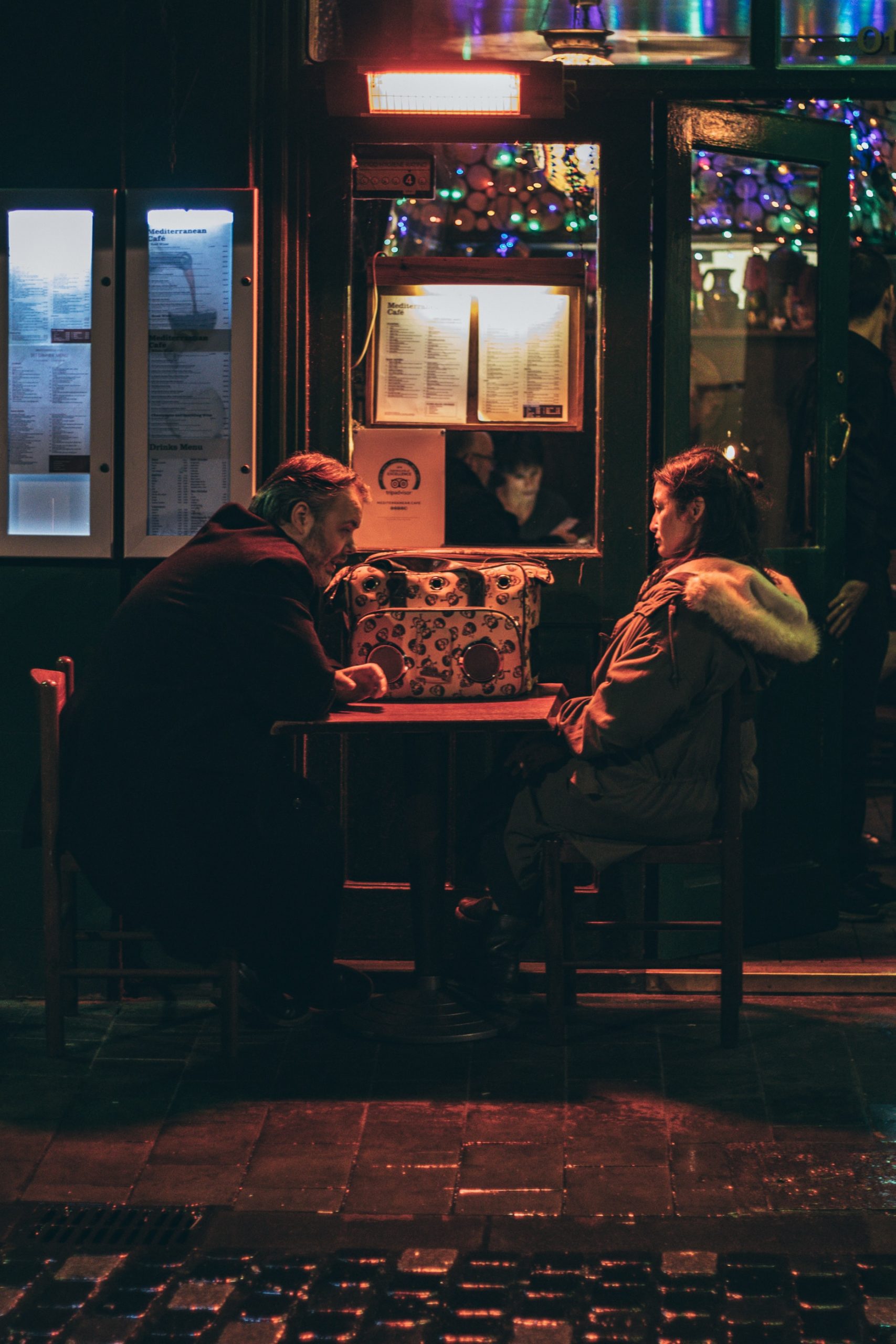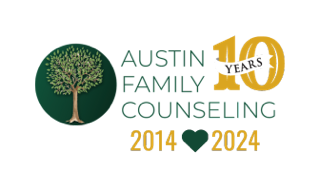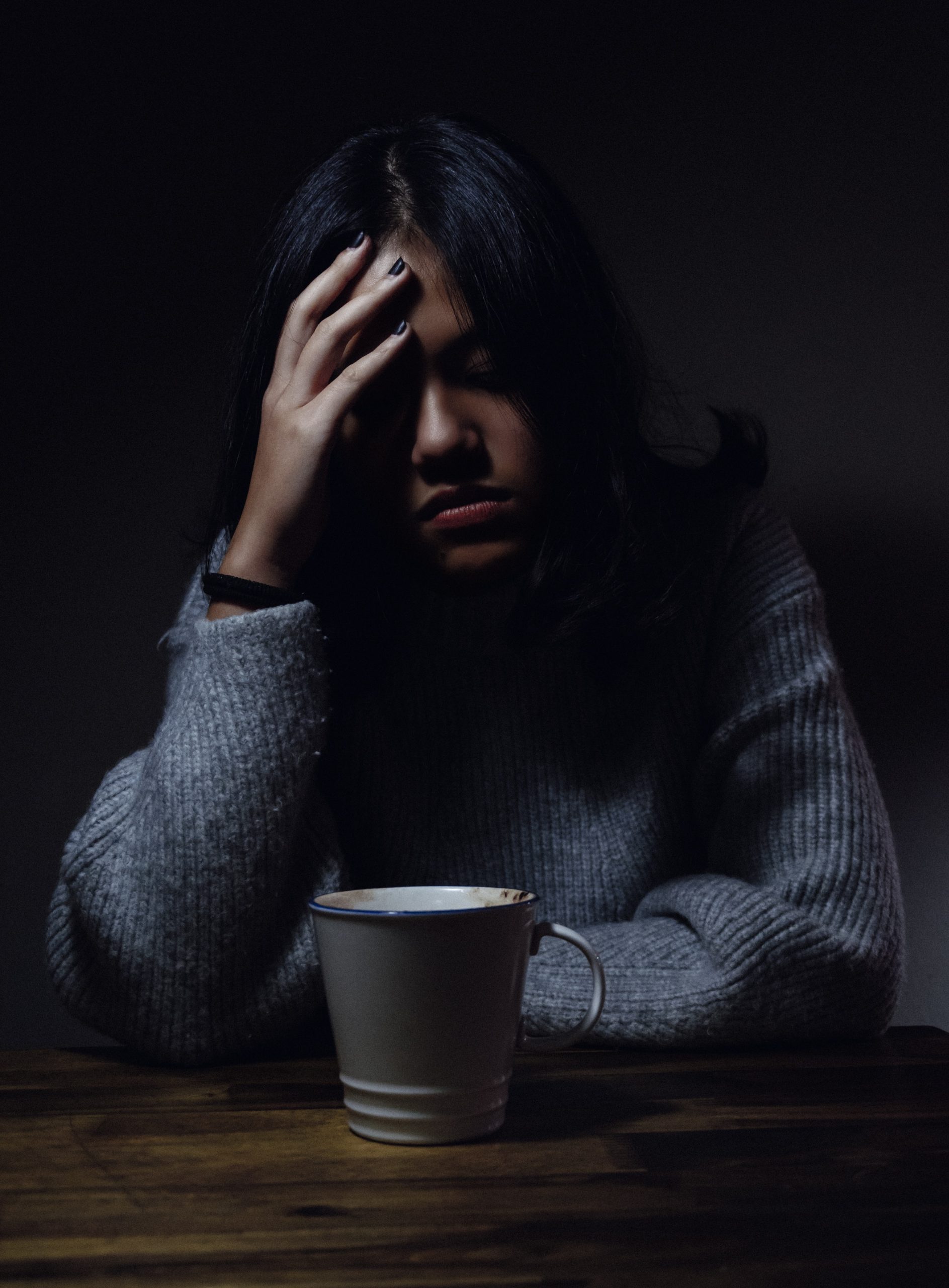As a couples therapist, I see couples who are struggling to re-invigorate their sex life, they are struggling with finances, they have trouble raising their children, etc. Having these reasons in mind as to why many of my couples come in on the brink of divorce,...







